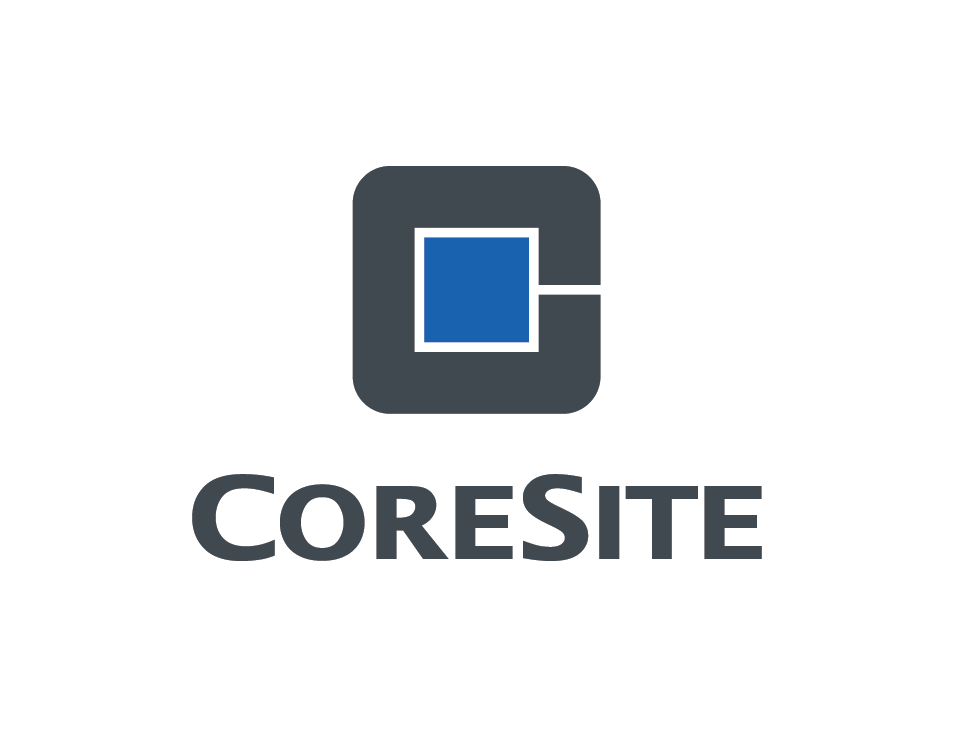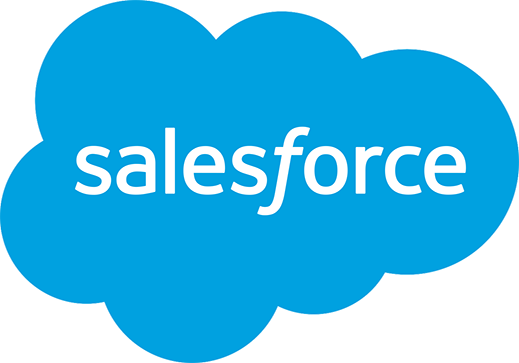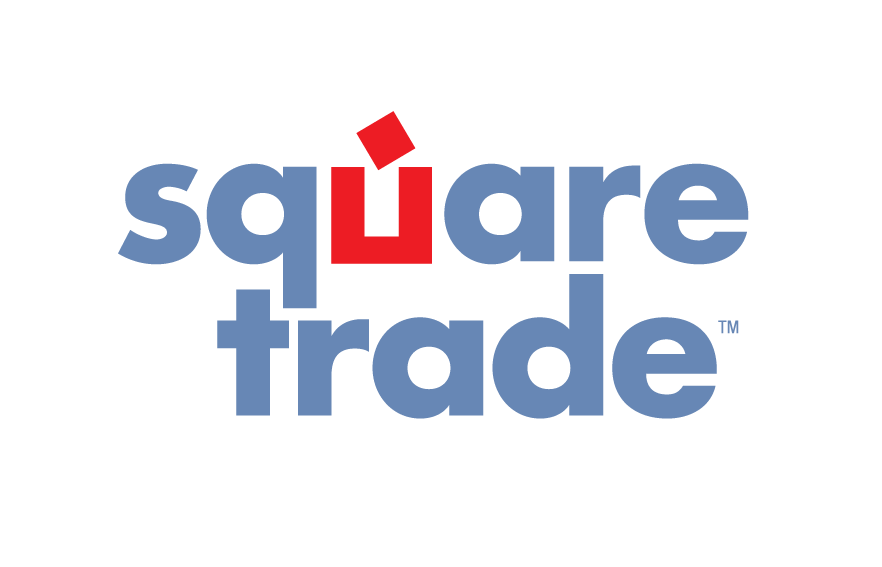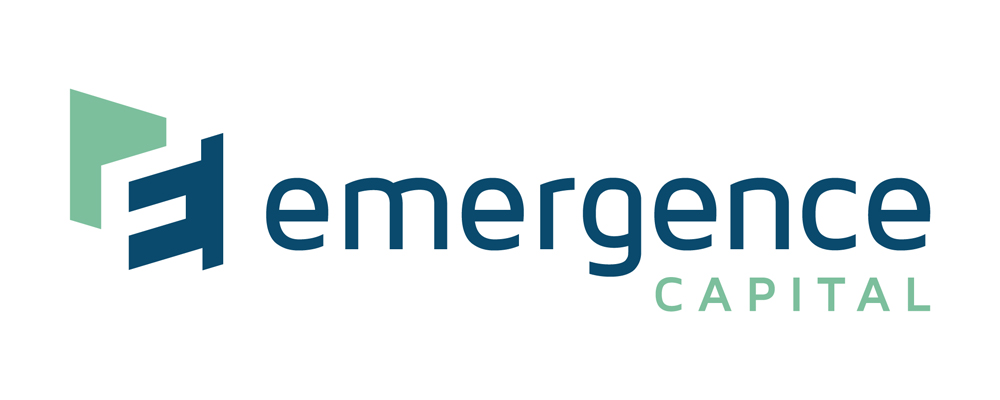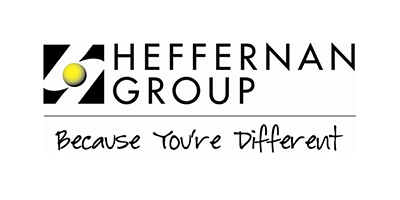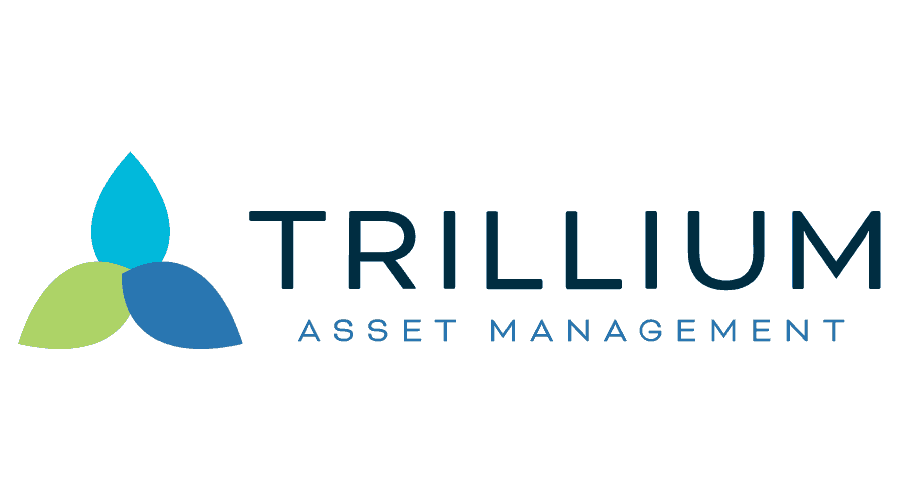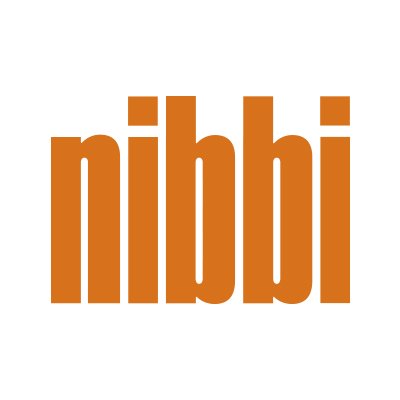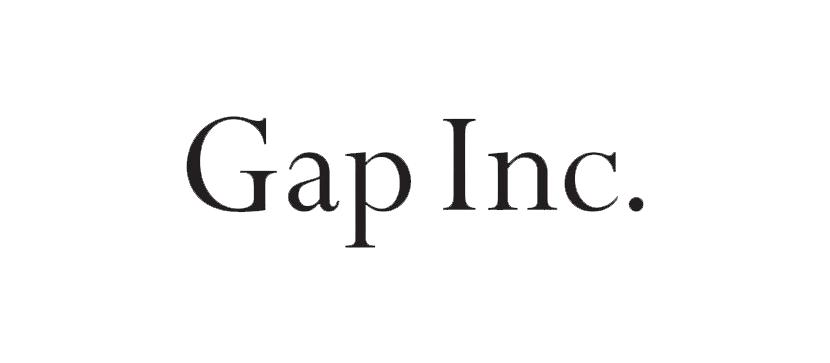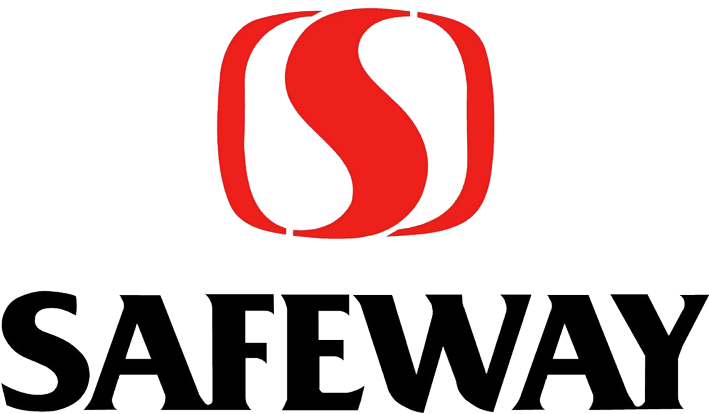The TTL at SXSW
 Last week I attended the Interactive portion of South by Southwest (SXSW) in Austin, TX. SXSW is a massive conference/festival that brings together the new ideas and trends in music, film, and technology. As the Program Manager of the Tenderloin Technology Lab (TTL), I attended the Interactive portion which focuses on emerging technology and works as a breeding ground for new ideas and creative technology. This was my first time at SXSW and I was unsure of what to expect. I had heard of endless lines, and the 3 block gridlock to take a picture with grumpy cat definitely confirmed this. I was told there would be heaps of people and every restaurant or bar would be taken over by some tech company and the blocks of overflowing Bing Lounge, Google Hangout, and Mashable Saloon offered this, but there was more to my SXSW experience. My SXSW was shouting we need to to do more with technology! Many speakers were tired of the fleeting joy of having someone “like” your posting on Facebook. Even the man who invented the “like” button was pleading for more from technology. The philosophy was present, yet, there was a lacking use of technology to assist in practical low-income domestic needs. Many organizations in the international development field presented how they are using mobile devices and SMS (text) messaging to completely change banking, health concerns, and daily life in developing countries. People working in the Middle East are disruptively challenging their governments over YouTube and making social change, and stateside people are talking about a need for tech for good. I think this is a great first step. This is what we do at the TTL, we offer free computer access and classes for low-income/homeless population, we search for new ways to use technology to help people, and I think this is the movement. I left Austin exhausted, excited by all the positive possibilities for tech, and hopeful that this year there will be more work done on how to creatively approach domestic issues affecting low-income/homeless populations through technology.
Last week I attended the Interactive portion of South by Southwest (SXSW) in Austin, TX. SXSW is a massive conference/festival that brings together the new ideas and trends in music, film, and technology. As the Program Manager of the Tenderloin Technology Lab (TTL), I attended the Interactive portion which focuses on emerging technology and works as a breeding ground for new ideas and creative technology. This was my first time at SXSW and I was unsure of what to expect. I had heard of endless lines, and the 3 block gridlock to take a picture with grumpy cat definitely confirmed this. I was told there would be heaps of people and every restaurant or bar would be taken over by some tech company and the blocks of overflowing Bing Lounge, Google Hangout, and Mashable Saloon offered this, but there was more to my SXSW experience. My SXSW was shouting we need to to do more with technology! Many speakers were tired of the fleeting joy of having someone “like” your posting on Facebook. Even the man who invented the “like” button was pleading for more from technology. The philosophy was present, yet, there was a lacking use of technology to assist in practical low-income domestic needs. Many organizations in the international development field presented how they are using mobile devices and SMS (text) messaging to completely change banking, health concerns, and daily life in developing countries. People working in the Middle East are disruptively challenging their governments over YouTube and making social change, and stateside people are talking about a need for tech for good. I think this is a great first step. This is what we do at the TTL, we offer free computer access and classes for low-income/homeless population, we search for new ways to use technology to help people, and I think this is the movement. I left Austin exhausted, excited by all the positive possibilities for tech, and hopeful that this year there will be more work done on how to creatively approach domestic issues affecting low-income/homeless populations through technology.










